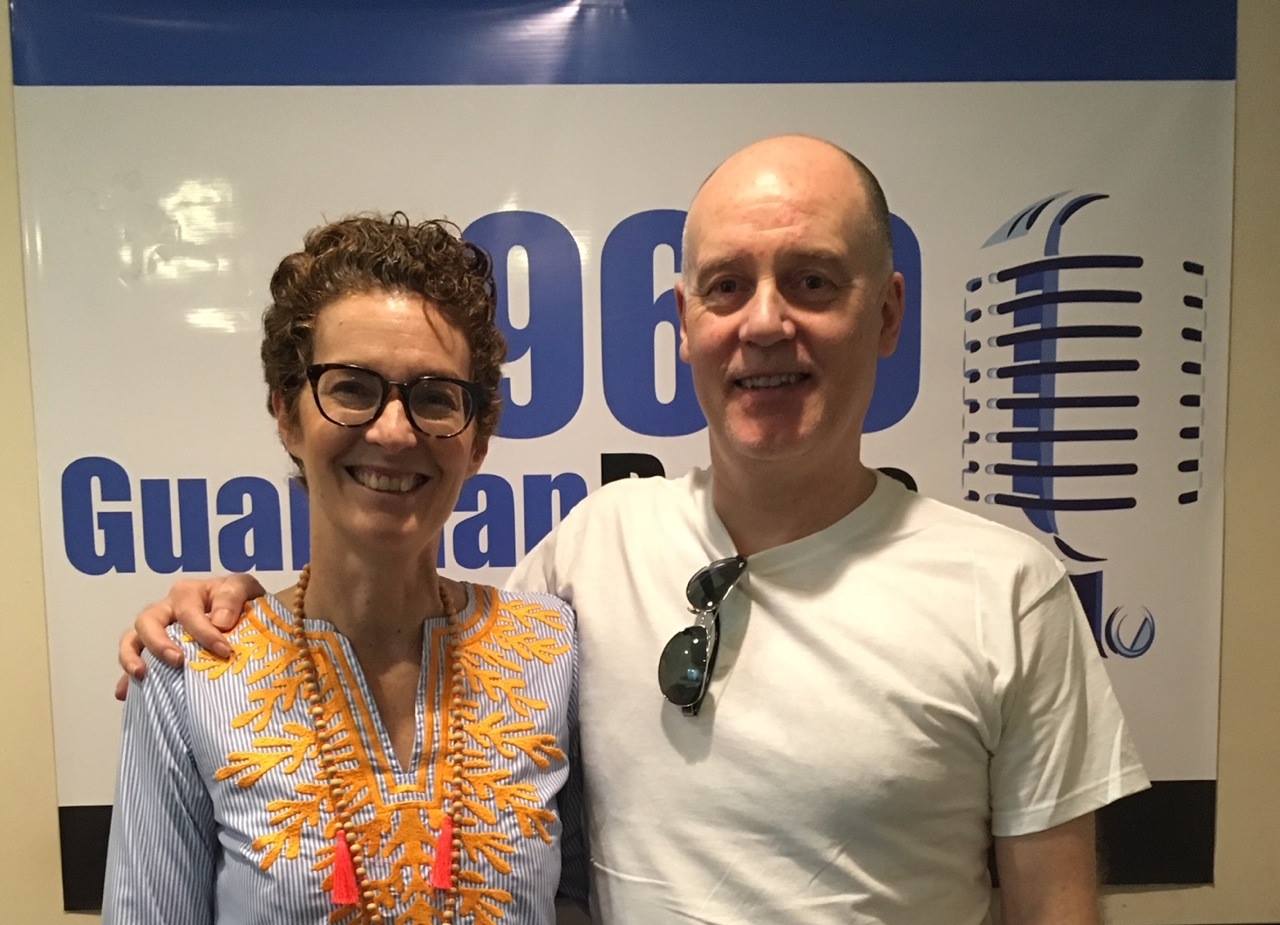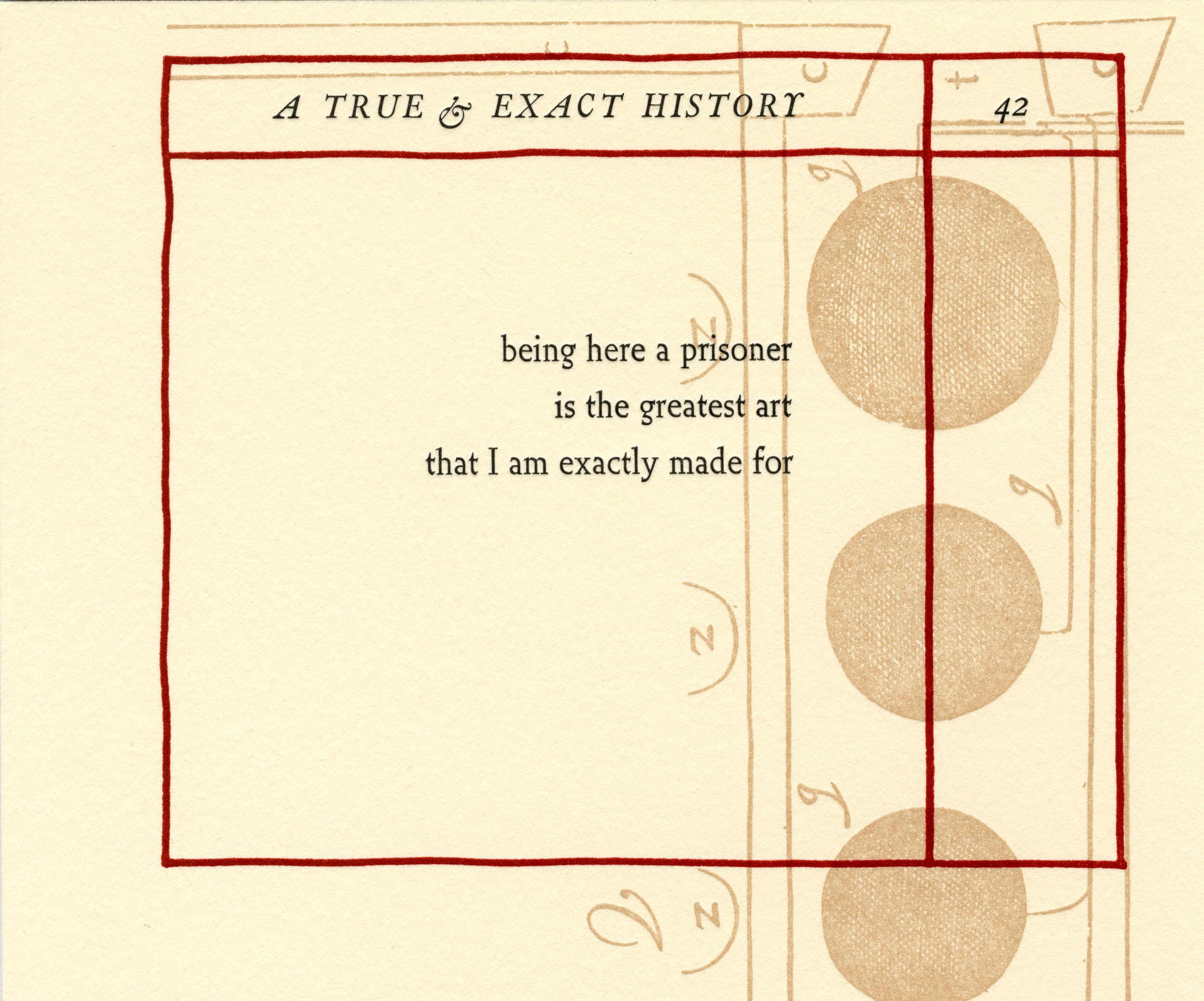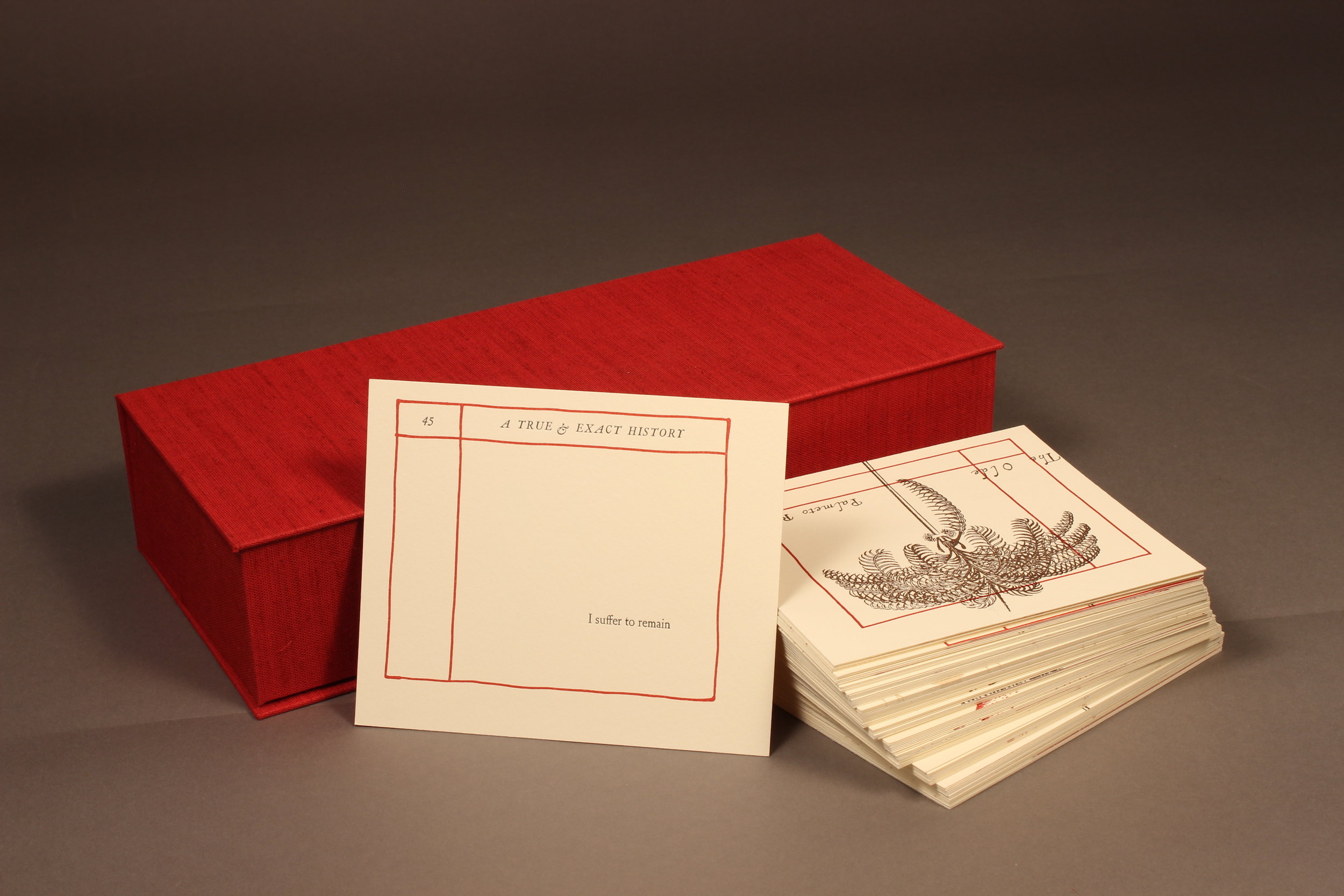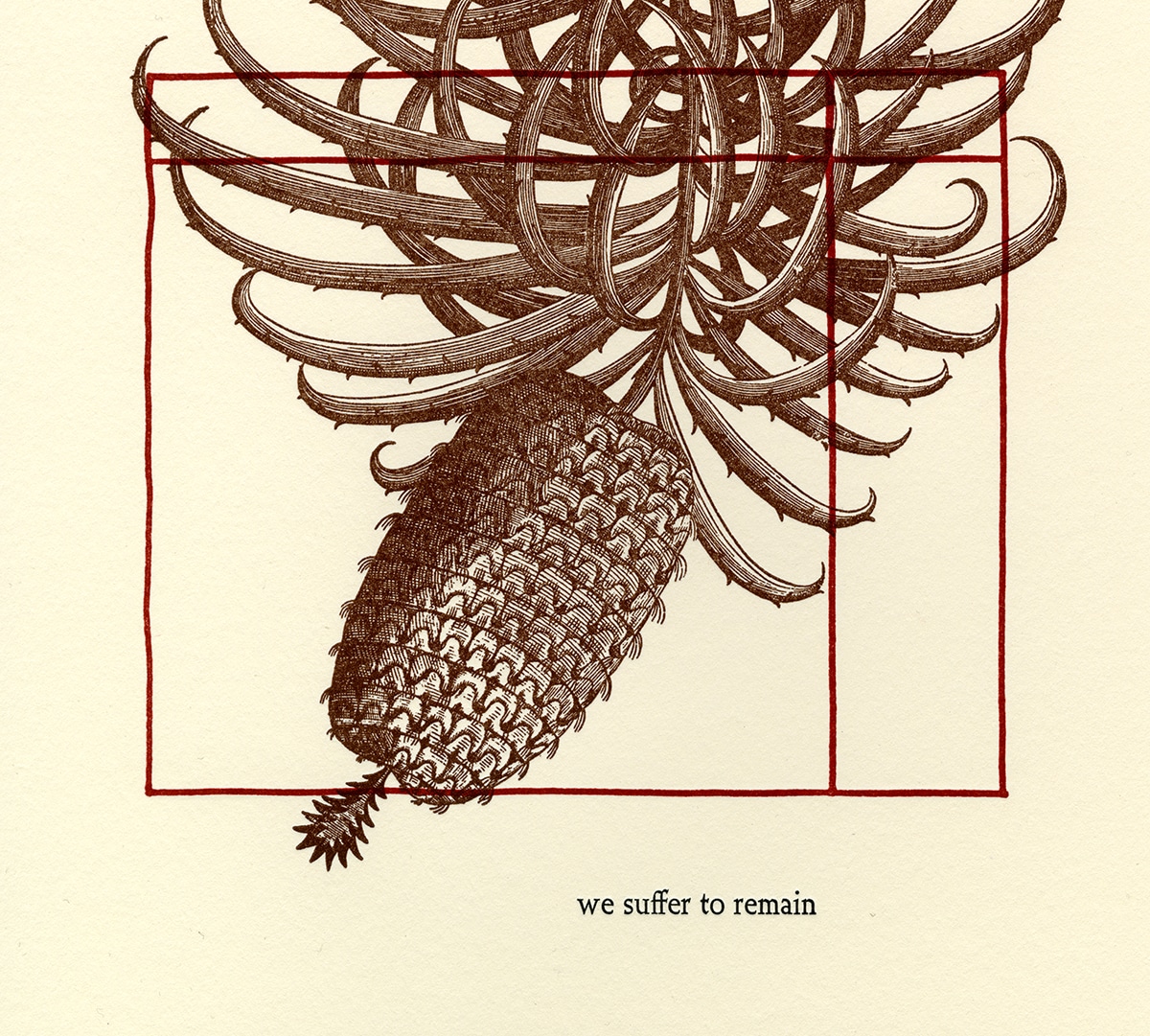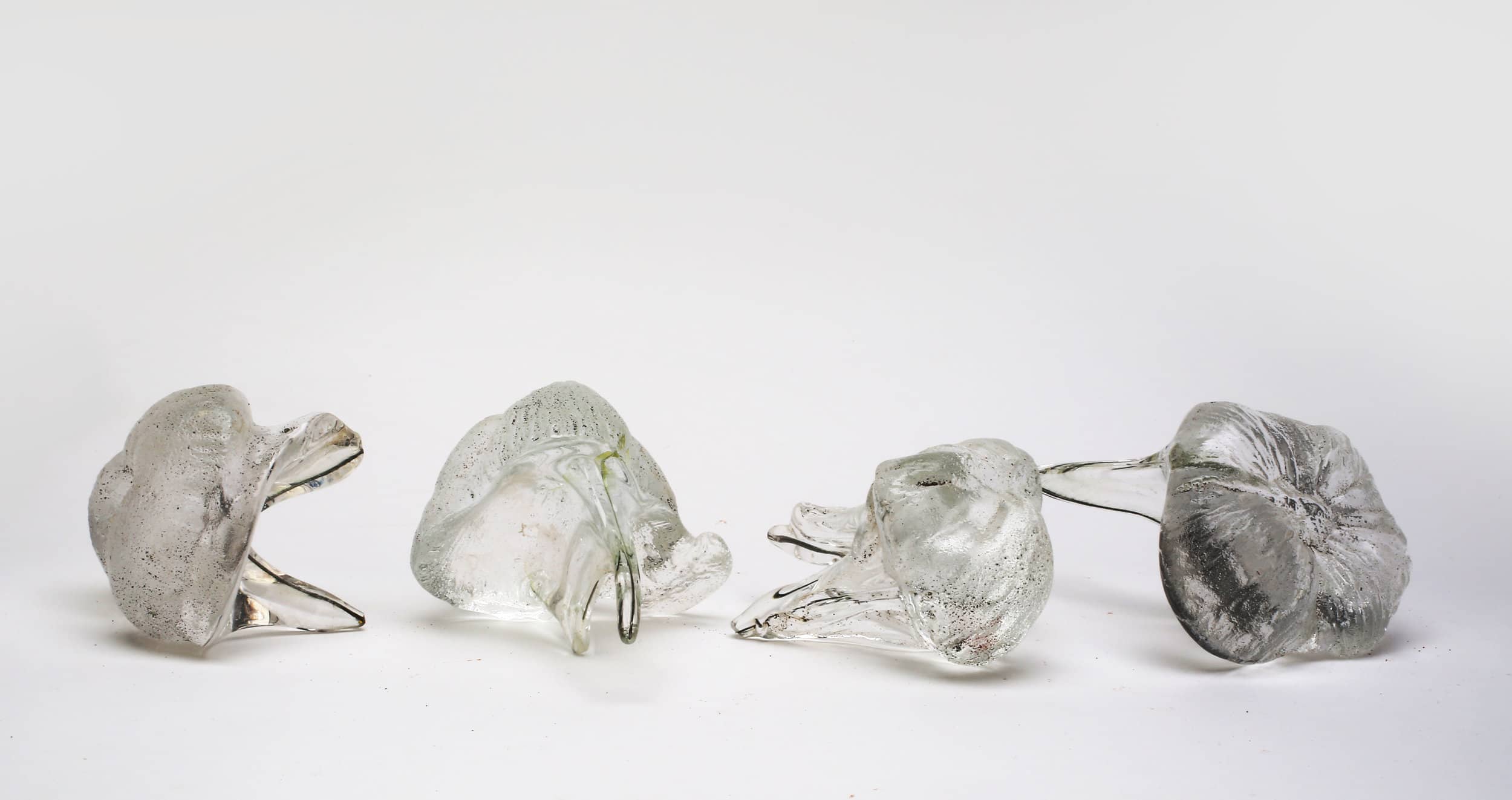By Natalie Willis. Last week we heard John Beadle speak to his participation in “We Suffer To Remain”, an exhibition in collaboration with the British Council. The works produced in “We Suffer To Remain”–the Bahamian leg of a 4-part journey of the British Council’s “Difficult Conversations” series of exhibitions– serve as Caribbean response to Scottish artist Graham Fagen’s work, “The Slave’s Lament”. Shown at the Venice Biennale in 2015 as a representation for Scotland in the global art biennial, and choosing to uncover the country’s complicit nature in the Slave trade and the general amnesia surrounding Britain with their role and repercussions in chattel slavery – there is more to this work than meets the eye. Here is a not-so-difficult conversation with Beadle.
All posts tagged: We Suffer to Remain
Blank Canvas with Graham Fagen
On tonight’s, “Blank Canvas,” your regular host Amanda Coulson, Director of the NAGB speaks to visiting artist Graham Fagen, a Scottish artist living and working in Glasgow, Scotland. His art practice encompasses video, performance, sculpture, sound and text. His work reflects on how contemporary identity and its associated myths and fictions, can be expressed and understood and his portraits of real, imagined, historical and contemporary characters explore the idea of identity and performance in portraiture.
“Who do we speak for?” An interview with John Beadle for the upcoming exhibition “We Suffer To Remain”
By Natalie Willis. Continuing with our series of artist interviews in the lead up to the opening of “We Suffer To Remain” on March 22nd, the product of a collaboration between the NAGB and the British Council, we stop to chat with John Beadle. Beadle is considered one of our master artists and works in a range of media. From painting to installations, his practice looks to some of the difficult aspects of the Bahamian condition and aesthetically shows his background in Junkanoo outside of his artist training.
Time Travel and Building Bridges in “A True & Exact History”: An interview with Sonia Farmer, Pt II
By Natalie Willis
This week we continue our interview with Sonia Farmer on her work for the upcoming collaborative exhibition with the British Council, “We Suffer To Remain”. It is difficult to think about just who gets to discuss our history, when some voices are silenced, and others get a proverbial loudspeaker. Farmer’s artist book “A True & Exact History”, a poem produced from her erasure of Richard Ligon’s “A True & Exact History of the Island of Barbadoes” (1657), deals with just that.
What Makes “A True & Exact History”?: An Interview with Sonia Farmer on her work for the upcoming exhibition “We Suffer To Remain”.
By Natalie Willis. In this week’s interview we hear from Sonia Farmer on her contribution to “We Suffer To Remain”, an exhibition opening later this month that moves around ideas of slavery, time and memory, and how we begin to unpack and deal with these legacies. Farmer is a writer, visual artist, and small press publisher who uses letterpress printing, bookbinding, hand-papermaking, and digital projects to build narratives about the Caribbean space. She is the founder of Poinciana Paper Press, a small and independent press in Nassau which produces handmade and limited edition chapbooks of Caribbean literature and promotes the crafts of book arts through workshops and creative collaborations. The title for the exhibition comes from Farmer’s book produced for this show, “A True & Exact History”, which will be displayed alongside fellow Bahamian artists John Beadle and Anina Major works, as well as the work of Scottish artist Graham Fagen with his project from the 2015 Venice Biennale, “The Slave’s Lament”. Farmer moves us through not just the language written within the book itself, but around the art of bookmaking itself and how she crafts language to unpack the question of who we–as a country and as part of the Caribbean region–allowing to voice our histories.
Lamenting Slavery: Unearthing our history through art.
By Dr Ian Bethel Bennett. The materiality of art and culture is essential to the experience with art and our understanding of the relationship between space, time and humanity. When we do not see, feel or experience the materiality of space, we tend to ignore its existence. Art can be used to bridge gaps between the materiality of experience and the historical omissions and erasures that leave the space open to deletion, and de-historicisation. Music, similar to art, can speak to a similar materialising of experiences that have been wiped out by the passage of time and the shifting sands of spatial economic change. The disappearance from the mental record of the Nassau Market is a salient example of the vanishing materiality and so the memory of that experience. What remains is a space that has been razed of the material market and so the only vestiges remain. The artistic renderings and musical recitations of that material experience, where women and men walked over Market Street, often through Gregory’s Arch, to sell produce in the market, is what remains.
Movements and Memory: An Interview with Anina Major on Art Practice and the Hauntings of History
By Natalie Willis. We often speak of Slavery in regards to one demographic in particular and the detrimental effects that remain today – and rightly so. It is a painful legacy, but it is also a shared one. “The Slave’s Lament,” written by Scottish poet and lyricist Robert Burns in 1792, is a song that spoke to this history in its own time. It is also the title of a work by another Scot, Graham Fagen, who used this song in his presentation at the 2015 Venice Biennale International Art Exhibition. This newer rendition, featuring Reggae artist Ghetto Priest and a string ensemble, serves as the focus and starting point for us to begin to discuss this history through a slightly different lens. The exhibition, “We Suffer To Remain,” opens in March and features Fagen’s artwork along with that of three Bahamian artists, namely: Sonia Farmer, John Beadle, and Anina Major

